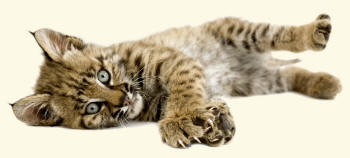Glossary
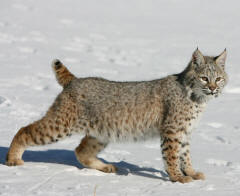
Canada Lynx (Lynx Canadensis)
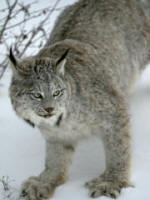
Eurasian Lynx (Lynx lynx)
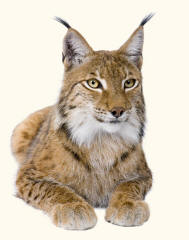
Canada Lynx (Lynx canadensis)

Iberian Lynx (Lynx pardinus)
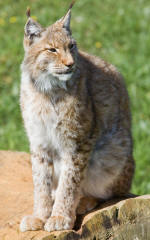
Bobcat (Lynx rufus)
One of four species of the genus Lynx.
The Bobcat is native to North America, as is the Canada lynx.
The name bobcat is derived from its black-tipped, stubby tail.
The Bobcat is native to North America, as is the Canada lynx.
The name bobcat is derived from its black-tipped, stubby tail.
Tracks
Impression or indentation made on the substrate (ground) by a foot.
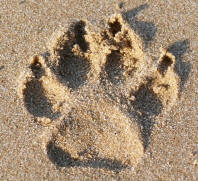

Title7
text
Title8
text
Title9
text
hover over shaded words to reveal more
Lynx
The four Lynx genera (genuses) are:
Eurasian Lynx
Canada Lynx
Iberian Lynx
Bobcat
Lynx native to colder environments tend to have relatively large paws and thick pads. In snowy environments, their paws, and tracks made by them, may be as large as a human hand.
